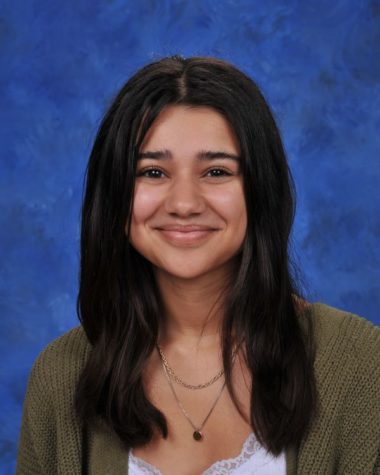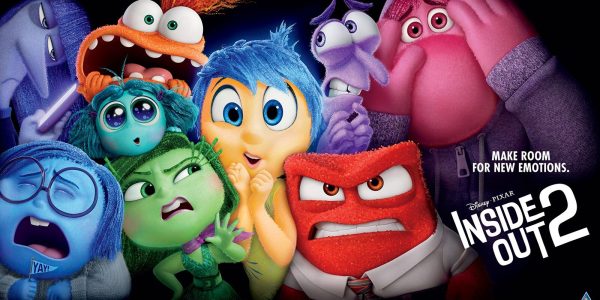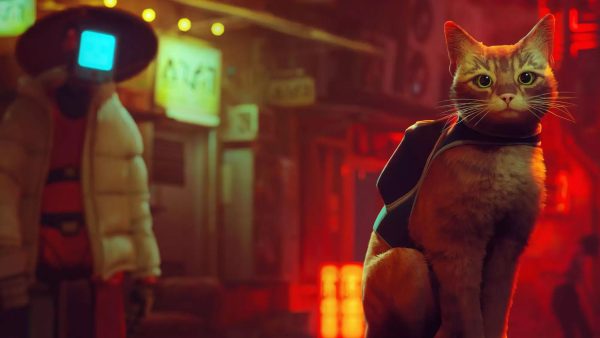Classic childhood cinematic film capitalizes on creativity
Henry Selick’s aesthetic approach to Coraline keeps audiences engaged
I wholeheartedly believe that Coraline is the best animated film. It’s simply perfect.
I’m no expert but I feel like I have some kind of credibility considering I’ve watched it countless times, having caught several small details throughout the movie, analyzed each of the characters, and learned about the intricate direction and screenplay processes over the years of watching. All of which, of course, I plan to share in this article.
Starting with a character analysis, Coraline, the main character is unlike most main characters in movies and books.
She’s unlikeable.
She’s stubborn, ignorant, self-absorbed. She experienced character development throughout the film, though I caught myself looking out for her well-being from the beginning of the movie.
Most of the other characters introduced in the beginning are unusual, strange people. Coraline’s neighbors include Mr. Bobinsky: a Russian circus artist, April Spink and Miriam Forcible: a retired burlesque couple, and Wybie: a boy who seems to be stalking her.
The bland appeal of these characters is very important though, when the neighbors in the “Other World” seem to be much more interesting, providing one of several instances of the contrast between both worlds.
On the topic of the contrast between the worlds, there are many details that set the two worlds apart. This includes the garden, the color scheme, the food, and like I said, the neighbors.
Some of the less obvious differences can be found in the background of the movie. The painting on the wall exhibited in “reality” a “boring blue boy” who is frowning, having dropped his ice cream on the ground. While in the alternate reality a different version of the painting exists of the same boy as bright and colorful and smiling with a huge ice cream cone in hand. Another example of the contrast between the worlds is the
There are also several instances of foreshadowing included in the film. Very early on in the movie, Mr. Bobinsky’s mice warn her not to go through the door, and Mr. Bobisnky notes that they called her “Coraline”, instead of “Caroline” like everyone else says, though the mice had the right name. (26:02)
The mice aren’t the only warning Coraline encounters though, Wybie also talks about his grandmother not allowing children, especially him, inside the pink palace. “You know, I’ve never been inside the Pink Palace.. Grandma would kill me. [She] thinks it’s dangerous or something.. she had a twin sister, when they were kids, grandma’s sister disappeared. She said she was stolen.”(31:54)
And then only 3 minutes before this interaction with Wybie, she’s warned again while visiting her neighbors April Spink and Miriam Forcible. Coraline hands over tea for Miss Spink to read and she tells Coraline she sees something bad, saying, “Caroline, Caroline, Caroline, you are in terrible danger.” (29:04)
When Coraline still hasn’t caught on to her upcoming danger, the cat even warns her almost halfway into the movie, telling her, “[the ‘Other Mother’ is] not like any ‘mother’ I’ve ever known.. You probably think this world is a dream come true. But you’re wrong.” (45:58)
And even though Coraline receives warning after warning, her stubbornness and naivety leads her to ignore everyone until she, herself, sees the danger right in front of her face.
Another aspect of the film I’ve found captivating is the creation process. Each object used in the stop motion film was handmade- from the clothes on the dolls of each character to Pink Palace and all of its contents. Coraline’s face included a variety of plates that could be combined to create over 200,000 facial expressions. Even the 2 minute scene of the mice show took four months to put together and was made from 550 individually hand-painted mice. It just fascinates me that it took over four years and more than 500 people to create tiny dolls and move them around in front of a camera.
Coraline is one of the most thought out and detailed animated films on the market up to date. The perfect combination of Neil Gaiman’s storyline, Henry Selick’s direction, the design crew, and the production team led the movie down the path of perfection.
Your donation will support the student journalists of Bryan High School. Your contribution will allow us to purchase equipment and cover our annual website hosting costs.




